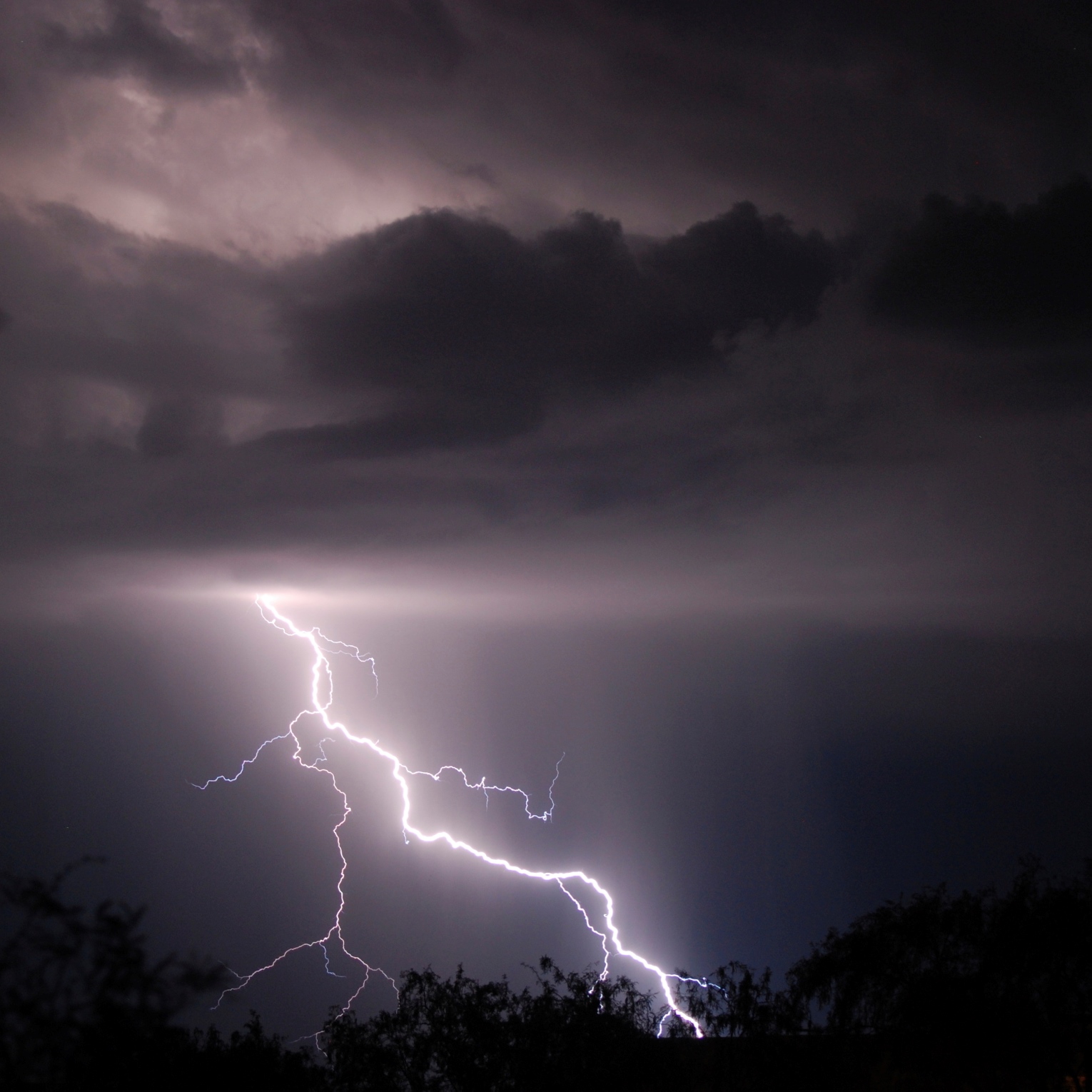Investing
Which Companies Benefit as El Niño Transitions to La Niña?

Published:
Last Updated:

The verdict for El Niño is in, and while it hasn’t been particularly good for cold weather retailers, it hasn’t been catastrophic either. Brick-and-mortar seasonal retailers are already in quite a sorry state, but the sector has recovered nicely this year, with Macy’s Inc. (NYSE: M) for example up 27% year to date and J.C. Penney Co. Inc. (NYSE: JCP) up over 68%. Kohl’s Corp (NYSE: KSS) has closed 18 stores as a direct result of this past warm winter, unfortunately, and it is the odd man out, with the stock not moving much since 2016 began.
The retail recovery could be a combination of different factors, including a warm winter already being priced in, generally lower expectations across the board, and companies’ ability to anticipate and execute inventory changes in preparation for weather changes. In any case, as El Niño is coming to a close, its cousin La Niña is set to begin this fall through the winter, with the opposite effects to those we have seen up to now. That is, a predominantly colder winter in the north.
According to long-term weather forecasts for 2016 and into early 2017, the northern United States is set for a colder winter than average. Starting in July, temperatures could start to register between two and three degrees below normal for the northeast, southeast and parts of the northwest, a pattern that looks set to persist until February 2017. The National Oceanic and Atmospheric Administration (NOAA) says that depending on how fast sea surface water temperatures cool in the Pacific Ocean, La Niña could become a significant factor that may affect areas ranging from the northern Plains to the Pacific Northwest.
The NOAA is still stressing quite a bit of uncertainty here, but be that as it may, we are unlikely to see as warm a winter as we have seen this past year, and that could further help struggling retailers in their recoveries.
The other major issue is this coming hurricane season. El Niño tends to depress the Atlantic hurricane season, while La Niña tends to strengthen it. If we do start seeing colder than expected temperatures starting in July in the north, it would serve as evidence that La Niña is indeed taking effect, which could increase hurricanes come August and into November. The 1998 hurricane season in particular, which happened the summer after the then-record 1997/1998 El Niño, documented the most fatalities in 200 years and $12.2 billion in damages. Homebuilders like Lennar Corp. (NYSE: LEN) and D.R. Horton Inc. (NYSE: DHI) could take a hit if this were to happen and major storms make landfall.
Picking stocks on long-term weather forecasts may not be the wisest move though, considering it is the butterfly effect at play here. The possibility though is still in play, so best wait for July confirmation that La Niña is indeed in effect before reorganizing your chess pieces.
Ever wanted an extra set of eyes on an investment you’re considering? Now you can speak with up to 3 financial experts in your area for FREE. By simply
clicking here you can begin to match with financial professionals who can help guide you through the financial decisions you’re making. And the best part? The first conversation with them is free.
Click here to match with up to 3 financial pros who would be excited to help you make financial decisions.
Thank you for reading! Have some feedback for us?
Contact the 24/7 Wall St. editorial team.